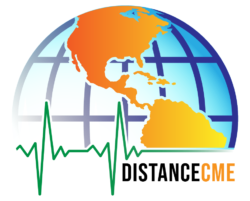The Pancreas: A Story of Pulling Double Duty
Most healthcare providers, when asked would equate the role of the pancreas with blood sugar regulation. While true, this fact was unknown until the late 19th century. The pancreas’ role in blood sugar regulation was initially discovered by Dr. Oscar Minkowski and Dr Joseph VonMering much by accident. These two researchers were studying the role of [...]
